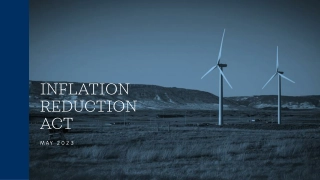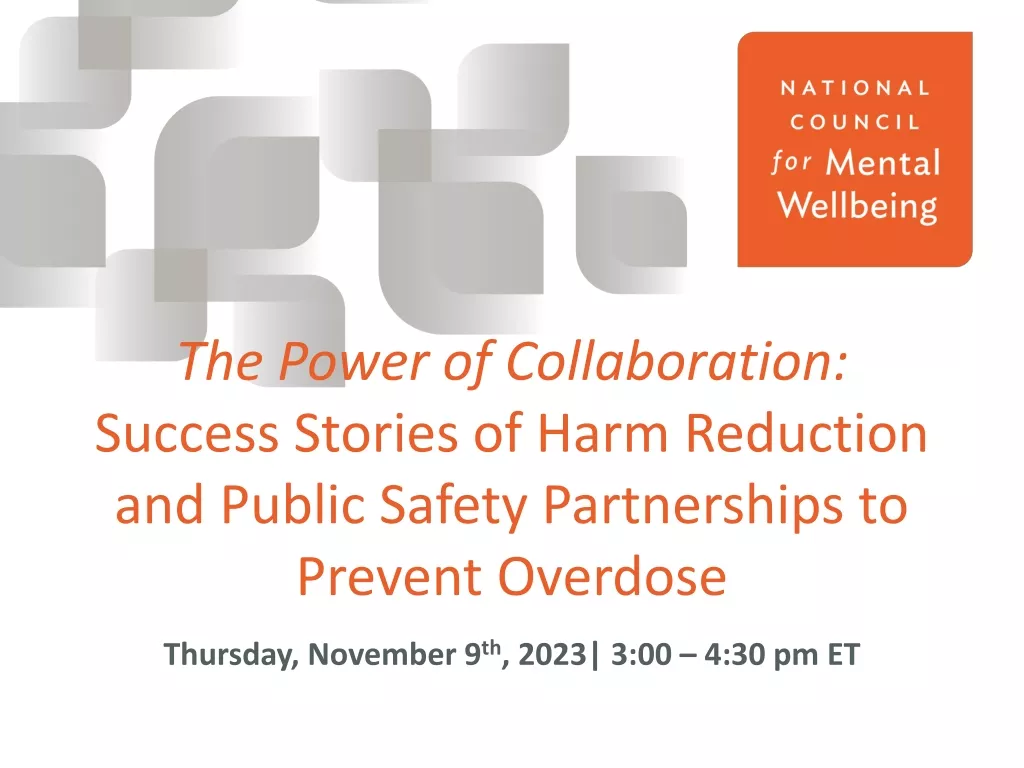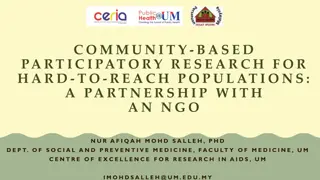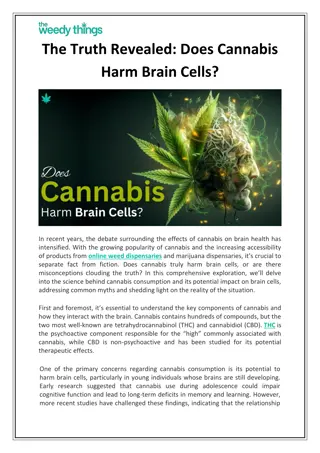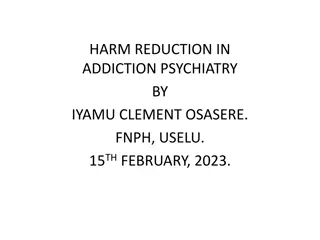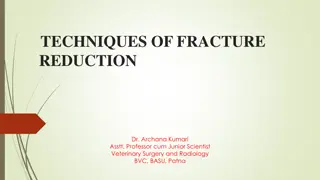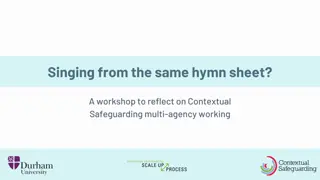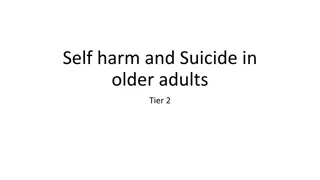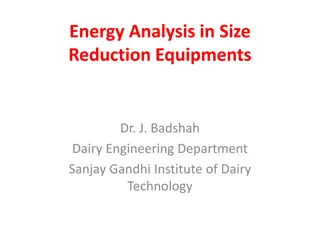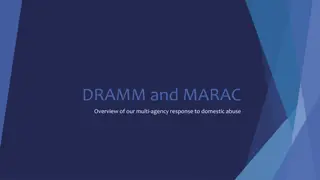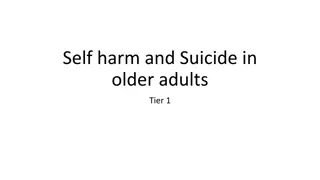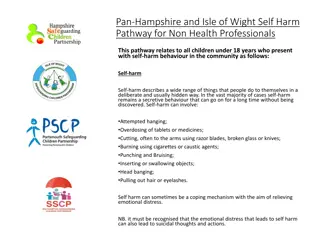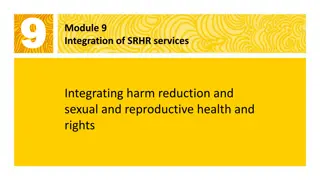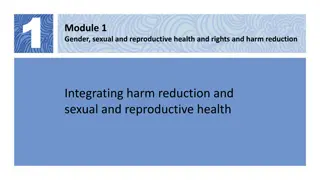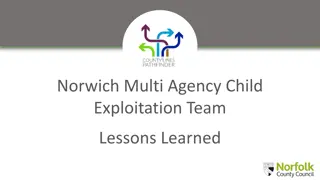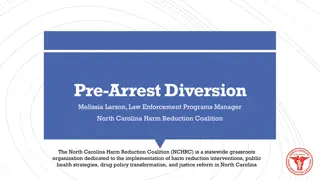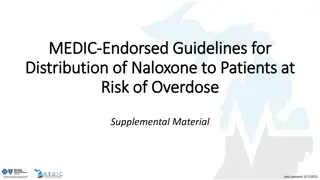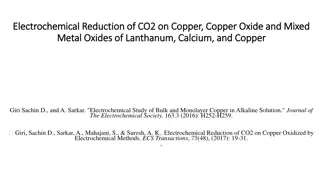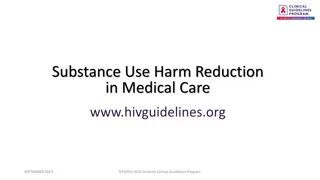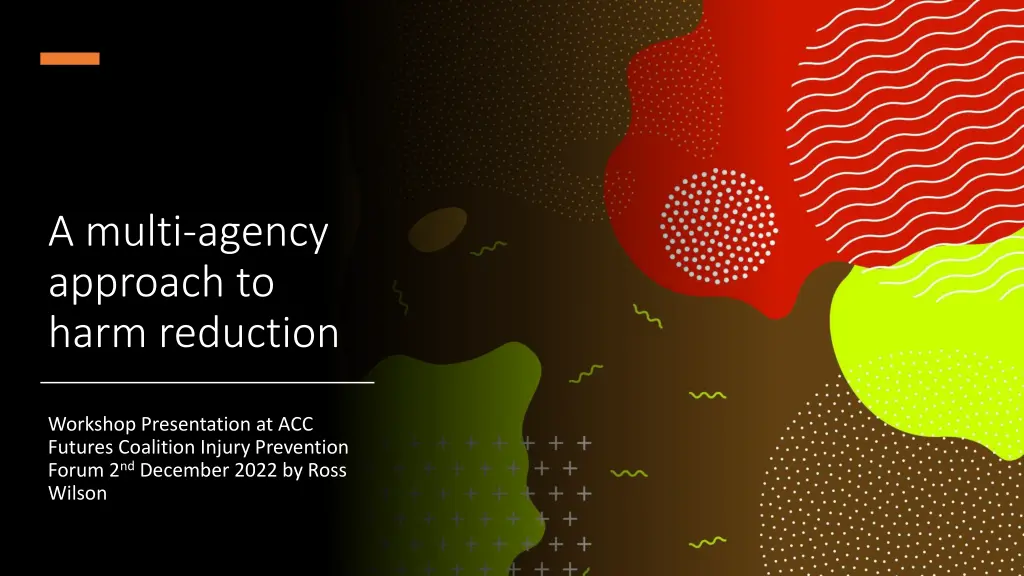
Multi-Agency Approach to Harm Reduction Workshop Presentation
Explore the significance of a multi-agency approach to harm reduction in the context of injury prevention, legislative mandates, the Woodhouse Approach, and historical practices. Delve into discussions on system-wide leadership, coordination, and investments to address work-related harm effectively.
Download Presentation

Please find below an Image/Link to download the presentation.
The content on the website is provided AS IS for your information and personal use only. It may not be sold, licensed, or shared on other websites without obtaining consent from the author. If you encounter any issues during the download, it is possible that the publisher has removed the file from their server.
You are allowed to download the files provided on this website for personal or commercial use, subject to the condition that they are used lawfully. All files are the property of their respective owners.
The content on the website is provided AS IS for your information and personal use only. It may not be sold, licensed, or shared on other websites without obtaining consent from the author.
E N D
Presentation Transcript
A multi-agency approach to harm reduction Workshop Presentation at ACC Futures Coalition Injury Prevention Forum 2ndDecember 2022 by Ross Wilson
Overview Overview The focus of the workshop and definitions The Woodhouse Approach Legislative mandates Historical practice Pre Pike River Post Pike River System wide leadership, coordination and investment discussion of issues. Discussion and development of possible solutions.
Injury relates to physical injury S.30 AC Act deeming disease as injury obscures extent of health impacts. 63 workplace fatalities in 2021 compared with an estimated 750-900 work-related health deaths. Harm reduction embraces all work-related harm Injury Prevention or Injury Prevention or Harm Reduction? Harm Reduction?
The Woodhouse Approach The Woodhouse Approach The 1967 Royal Commission: The Woodhouse Commission recommended as a matter of prime importance that the proposed compensation system should be organised to take an active and coordinating role in the promotion of safety in all the different areas where accidents can occur. Compensation for Personal Injury in New Zealand: Report of the Royal Commission of Inquiry 1967 para 318
Legislative mandates Legislative mandates Accident Compensation Act 1972 and 1982: a matter of prime importance for the Corporation to take an active and coordinating role in the promotion of safety in all the different areas where accidents can occur (1982 Act s35(1) Accident Compensation Act 2001 A primary function of the Corporation is to promote measures to reduce the incidence and severity of personal injury The Corporation must ensure that any measures undertaken or funded in accordance with this section (a) are co-ordinated with similar activities of other government agencies to contribute to the overall injury prevention objectives in an efficient and effective way; and (b) ..take account of the Health and Safety at Work Strategy published under section 195 of the Health and Safety at Work Act 2015. (s.263)
Historical Practice Historical Practice pre Pike River pre Pike River Advisory Council on Occupational Safety and Health (ACOSH) 1985-1991 ACC Safety Council 1987-89 NZ Injury Prevention Strategy Advisory Group 2005 - identified six national injury prevention priority areas which collectively account for 80% of serious injuries and deaths in New Zealand. The priority areas are: motor vehicle traffic crashes, suicide and deliberate self-harm, falls, workplace injuries and diseases, assault and drowning Workplace Health and Safety Council 2007 Royal Commission on Pike River Tragedy noted (Vol2 part 2 p292): As Robens concluded 40 years ago, advisory committees have little influence; an executive board is required if there is to be effective participation in decision-making. this contributed to DOL ineffectiveness as a regulator (p296).
Historical Practice Historical Practice post Pike River post Pike River Worksafe Board not tripartite (despite Task Force recommendation) but Minister must have regard to the need for perspectives of workers and PCBUs . Advisory groups provided for. Stakeholder Reference Group for Health and Safety at Work Strategy 2018 Te K hu M tai iwi, union, business Worksafe advisory group. Decision pending on next structure........
System wide leadership, coordination, System wide leadership, coordination, and investment and investment - -what is needed? what is needed? Some of the issues: Fragmentation of regulatory coverage Worksafe, MBIE (labour inspectorate), Maritime, CAA, Waka Kotahi, Police Ineffective inter-agency coordination Diversity of Ministerial accountability Advisory committees (talk shops) not decision-making Piecemeal focus on causes of harm Inadequate regulatory stewardship and appropriate accountability Limitations on ACC funding investment Lack of a clear, evidence-based system-wide harm reduction investment plan.
Possible system wide solutions Possible system wide solutions for discussion for discussion Solutions: 1. 2. 3. 4 5.

